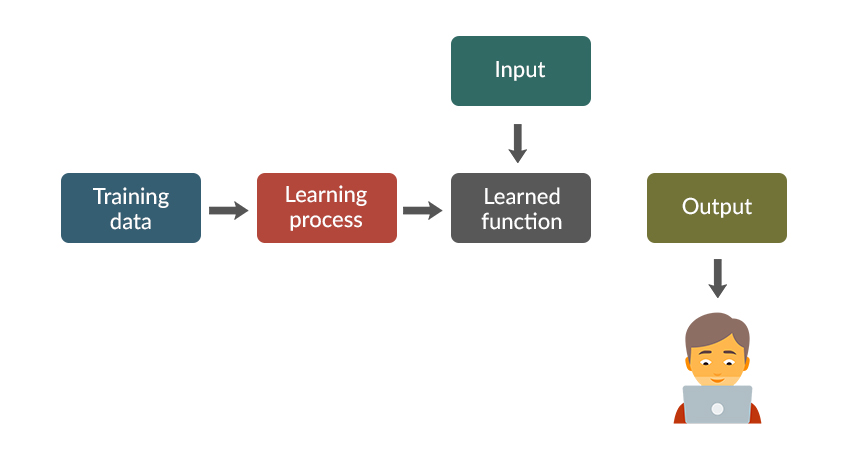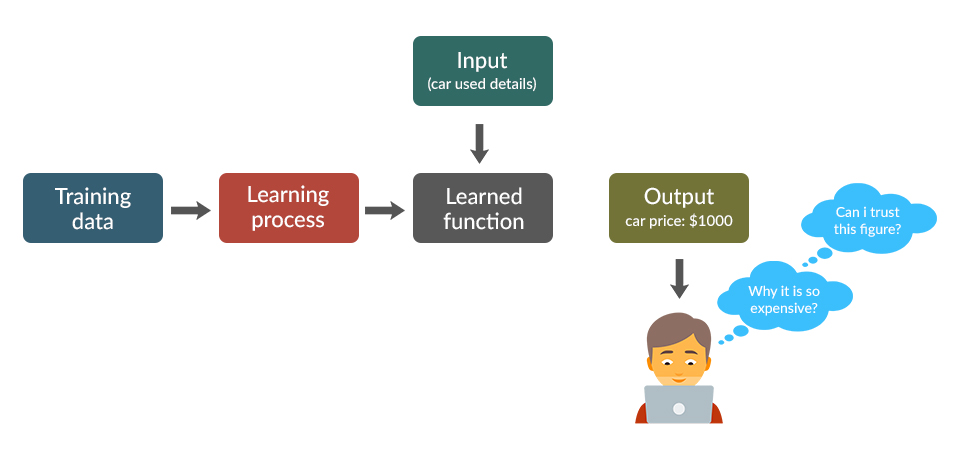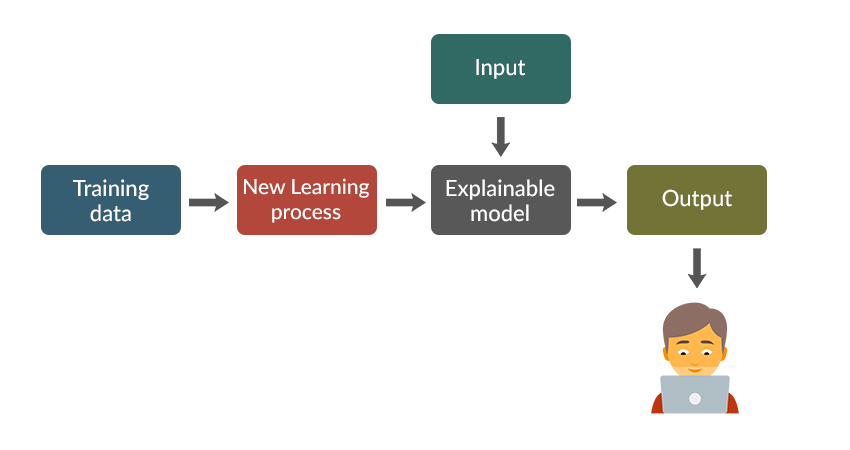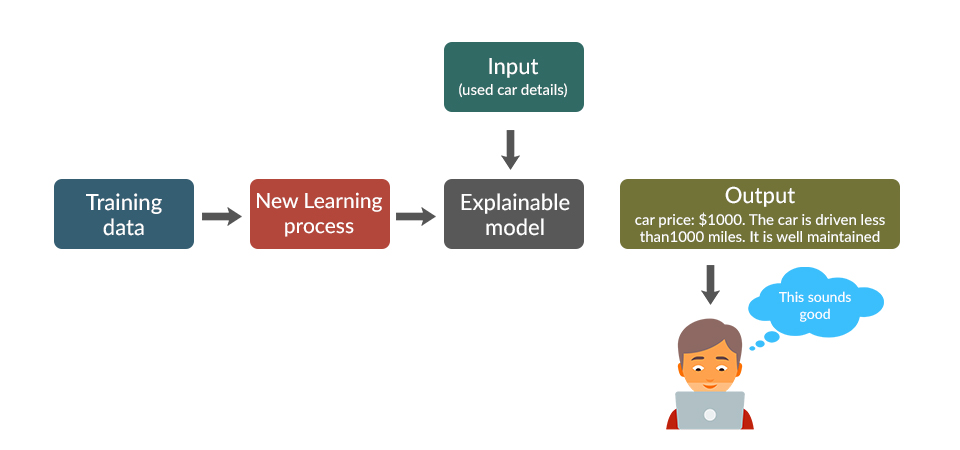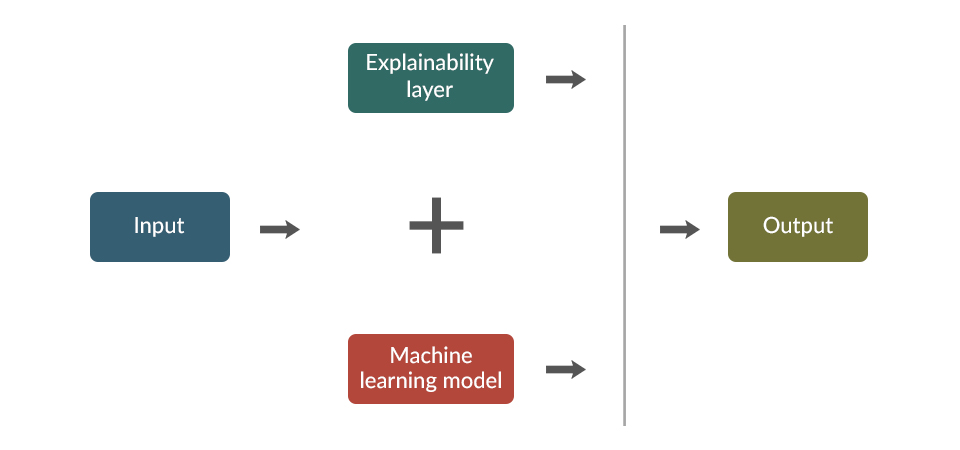-
-
- English
- العربية
- Español
- Français
- Dutch
Explainable Artificial Intelligence (XAI): An Introduction
Technology - January 29, 2021
Related stories
Threat vs Vulnerability vs Risk
December 9, 2020Why IAM is an Indispensable Tool?
December 4, 2020What is 5G: All You Need to Know
December 1, 2020How Predictive Analytics can impact your business?
April 08, 2020Artificial Intelligence in the fight against Coronavirus
March 24, 2020Demystifying the myths surrounding Cloud
Technology - March 26, 2020Microsoft Teams vs Slack - Which is Really Better Tool?
October 09, 2019Microsoft Azure RI
March 26, 2020SUBSCRIPTION CENTER
Stay in the Know with Our Newsletter
-


